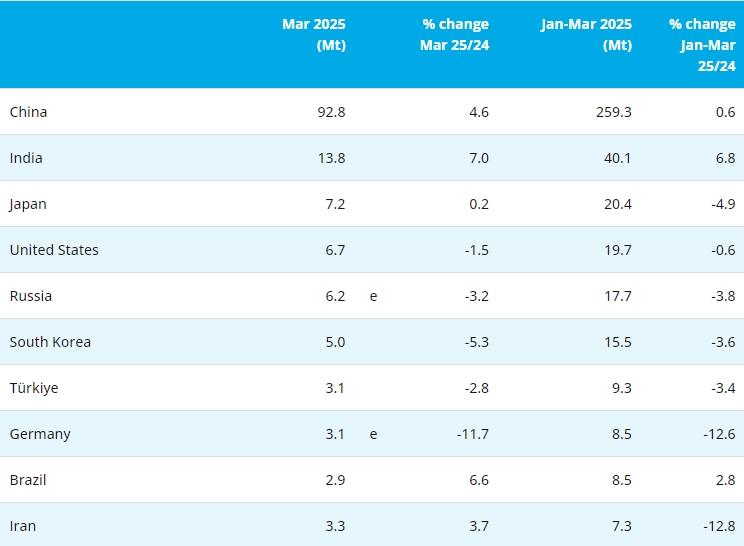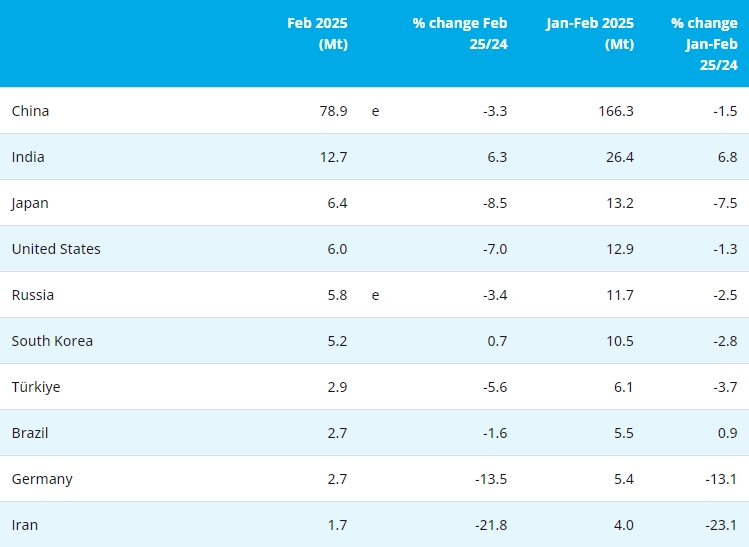[Ferro-Alloys.com] “People [in Korea] said my eco-friendly magnesium alloy technology was nonsense, while calling me a con-man. I am where I am because I was recognized in overseas academia.” Dr Kim Se-kwang at the Korea Institute of Industrial Technology (KITECH) tells a story related with the development of eco-magnesium (Mg) alloy technology in 2008. At the time it was such a revolutionary technology that no one believed it. Now, his alloy is forming a bigger market than the old Mg alloy.
He invented an environmentally-friendly method for manufacturing an alloy which serves fast-growing demand for magnesium and aluminum materials due to a weight lightening trend in businesses such as cell phones, cars, and computer notebooks.
KITECH and Kim invented the world’s first technology where magnesium could be manufactured without a gas that was needed due to the material’s combustible nature. Especially in 2010, the technology was sold to HMK Co., a magnesium materials company, for 28.2 billion won (US$27 million). The technology was also used in cell phones made by LG Electronics.
Later, KITECH, headed by Dr. Kim, also succeeded in developing an eco-aluminum alloy, a step towards materials markets and component markets, amounting to 180 trillion won (US$173 billion) and 1.0 quadrillion won (US$963 billion) a year, respectively.
Since 2011, KITECH, after signing a Memorandum Of Understanding with U.S.-based Boeing Company, has been spearheading a joint project to develop aircraft material components using relevant alloy technology.
The institute is also in talks with American car company General Motors (GM) to produce cars with the technology.
KITECH also developed many technologies such as a 6-inch multi-wire compass saw that can cut gemstones such as sapphires. Therefore, it helped to open opportunities for exporting high-end precision processing devices, most of which used to be imported into Korea.
Furthermore, the institute developed a 3D penetrating imaging test platform technology, which can be used to scan defective components, so that the technology can be used for the local market.
Product testing equipment fields were dominated by advanced countries such as America and Germany.
- [Editor:Yueleilei]



 Save
Save Print
Print Daily News
Daily News Research
Research Magazine
Magazine Company Database
Company Database Customized Database
Customized Database Conferences
Conferences Advertisement
Advertisement Trade
Trade














 Online inquiry
Online inquiry Contact
Contact

Tell Us What You Think